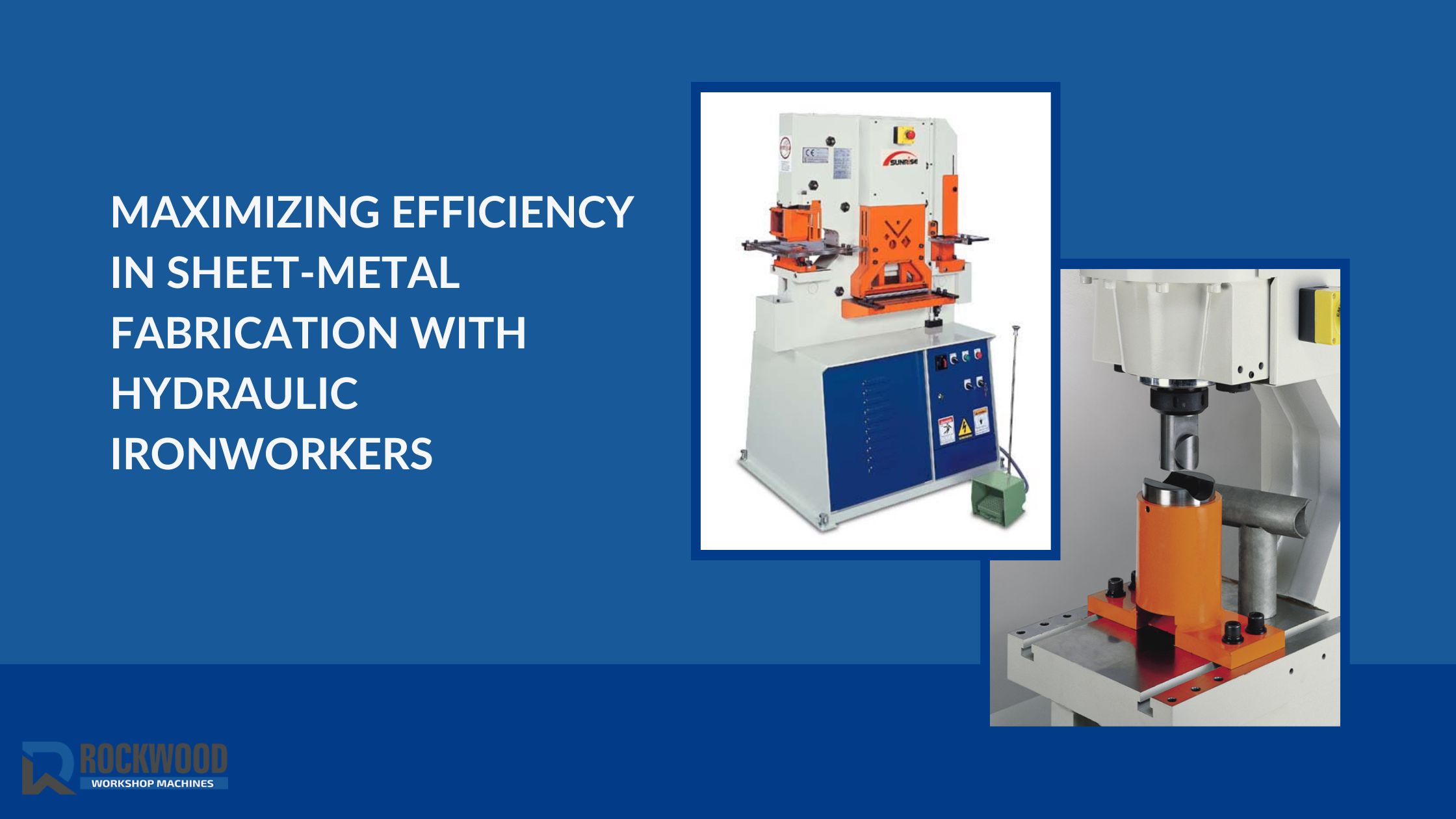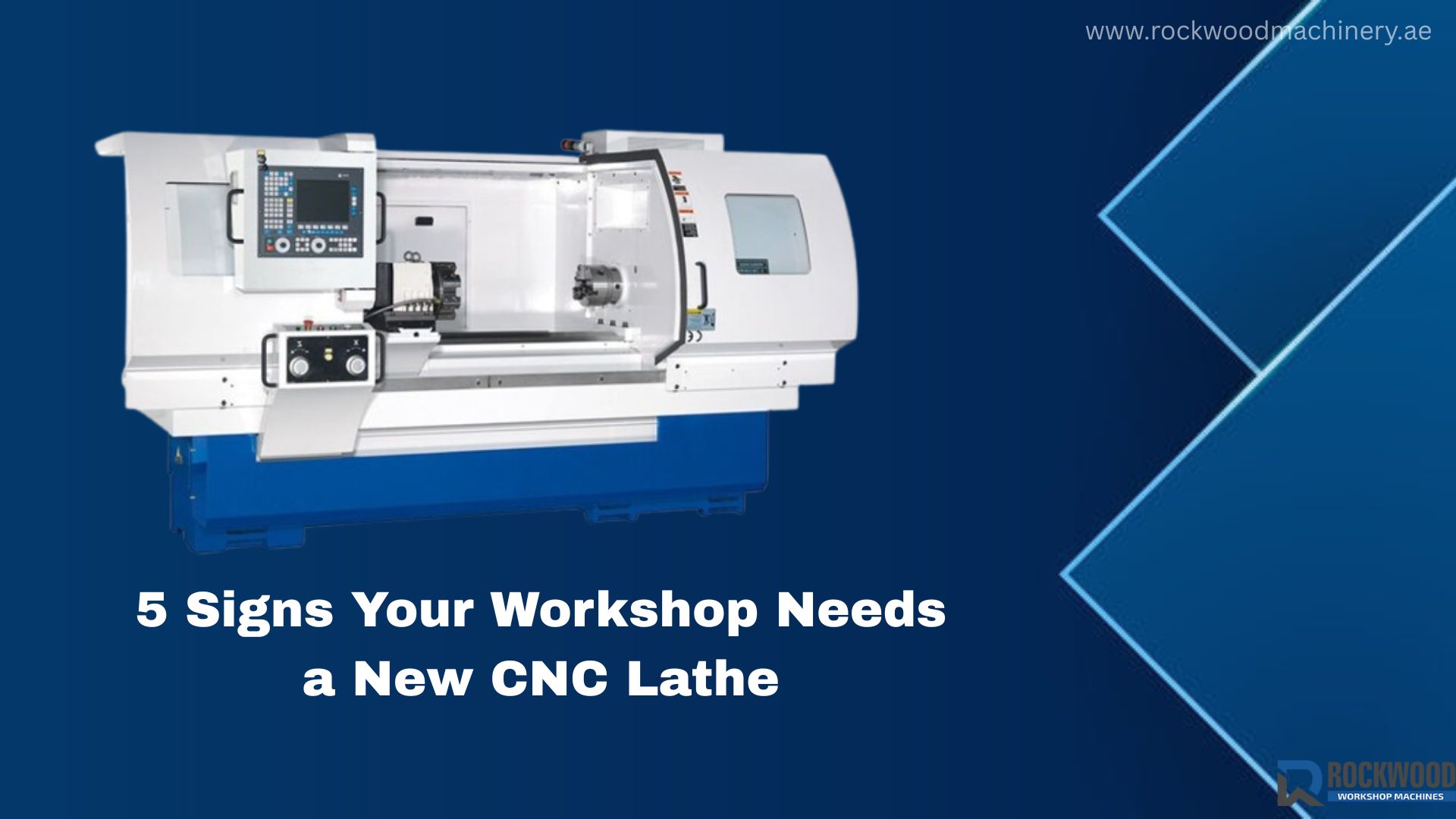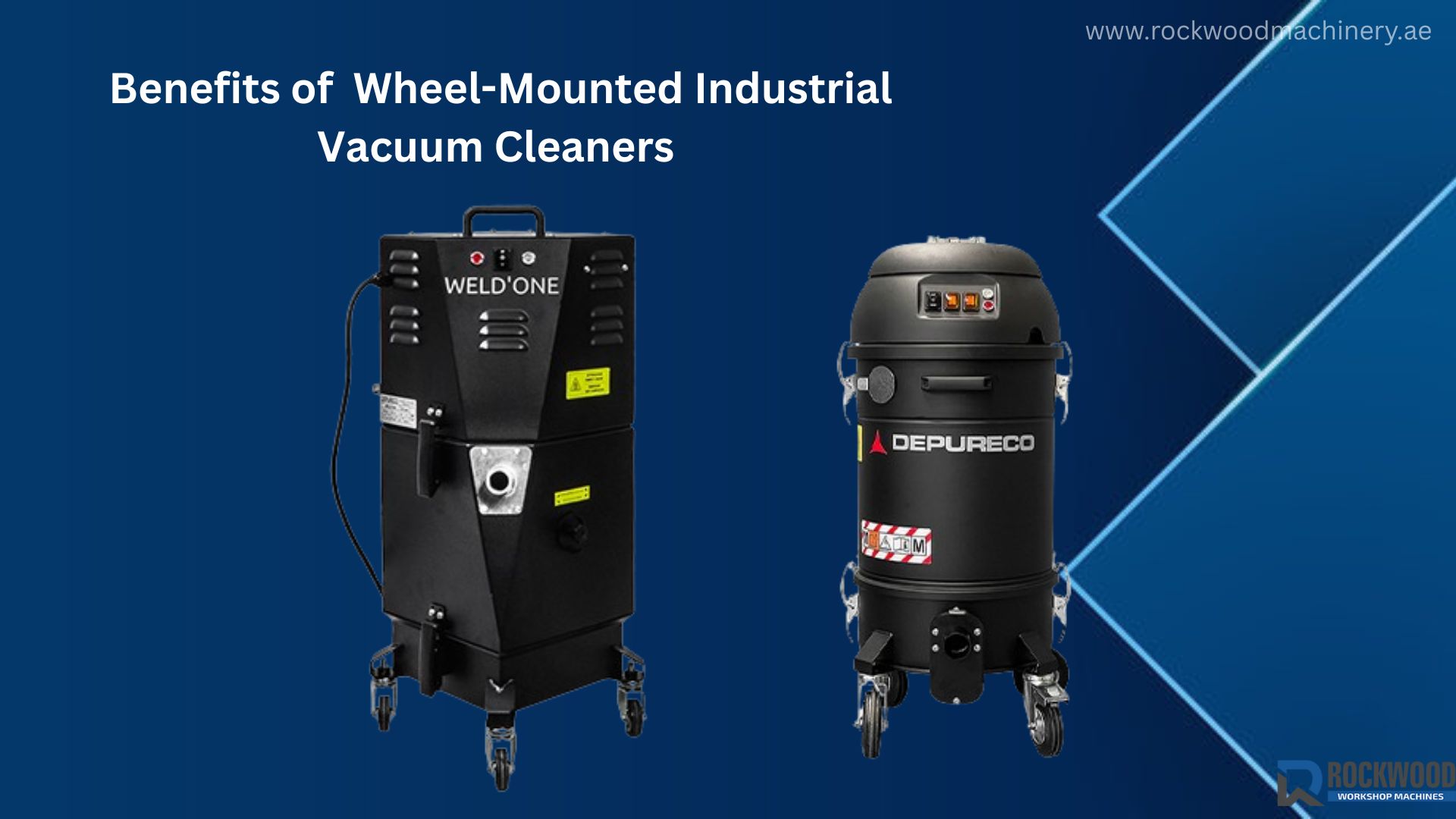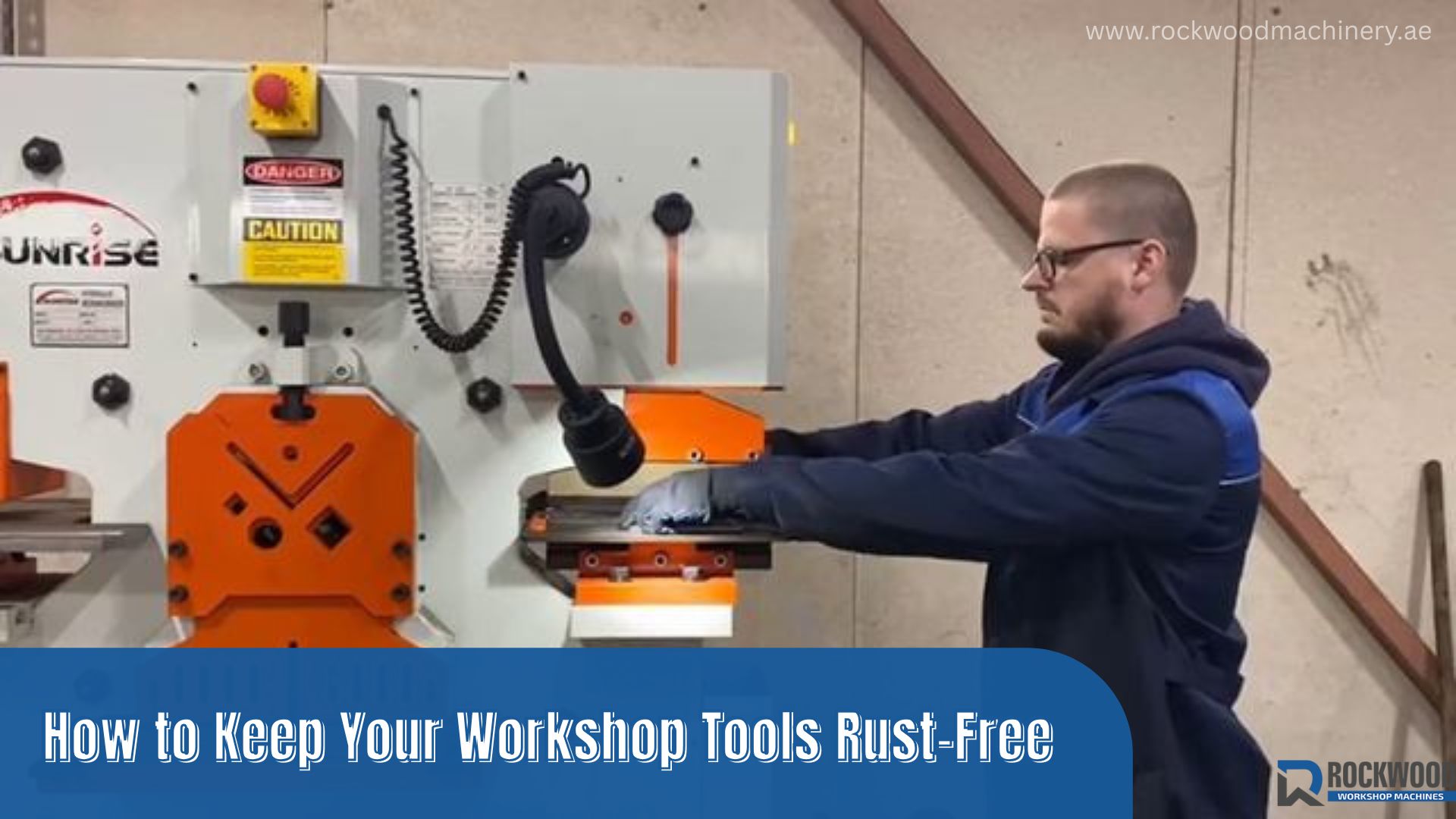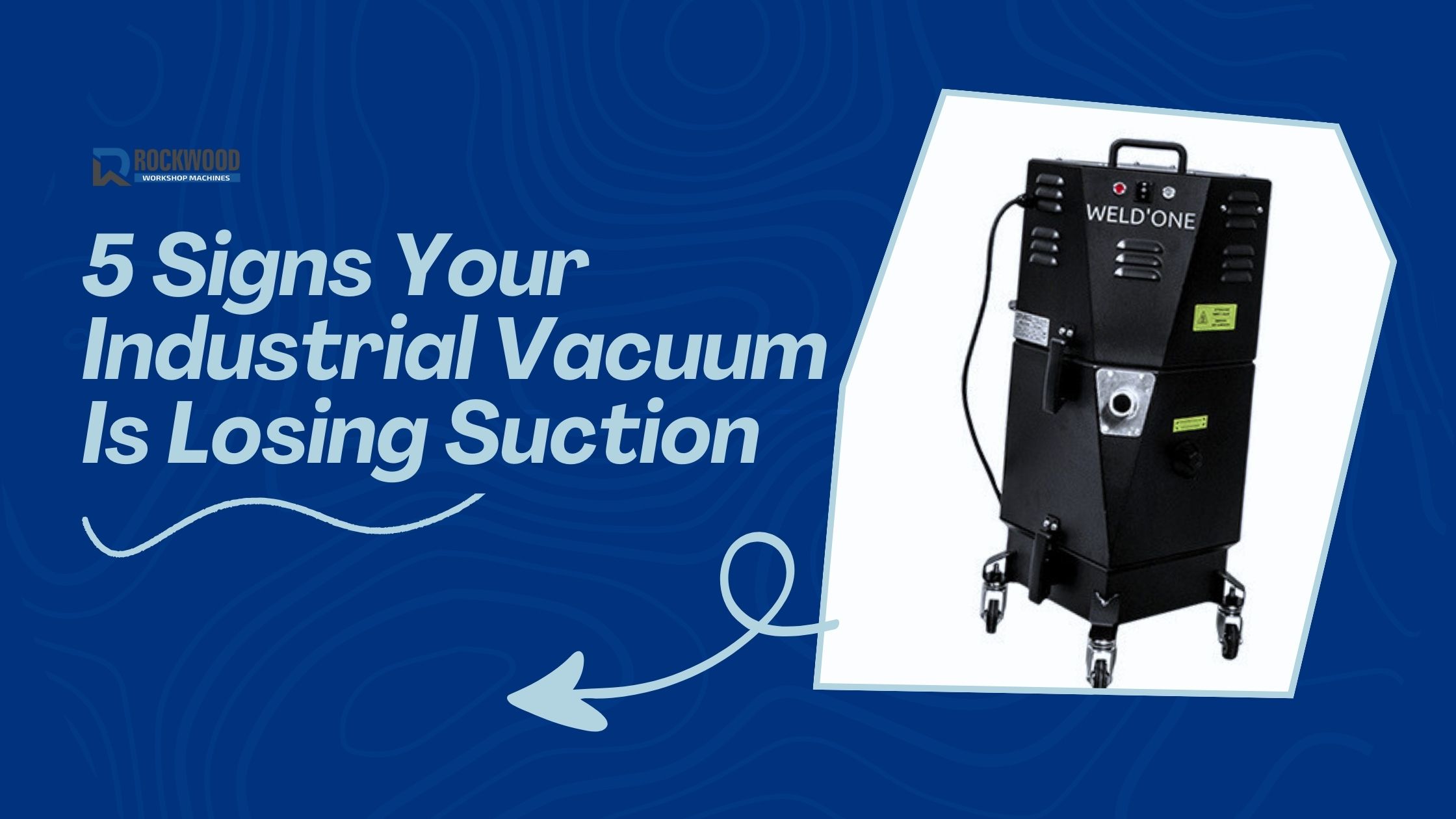Why Plate Straightening and CNC Leveling Are Essential for Steel Fabrication
When it comes to steel fabrication, precision and quality are not merely desired outcomes, but essential requirements. Imagine constructing a building or assembling machinery with distorted steel plates; the results could be catastrophic. That’s where plate straightening and CNC (Computer Numerical Control) leveling step in to save the day. These processes aren’t just technical jargon; they’re the backbone of ensuring that every piece of steel is up to the mark, making projects safer, smoother, and more efficient.
What Is Plate Straightening, and Why Should You Care?
Before arriving at the fabrication floor, the steel plates undergo rolling, cutting, welding, and handling. It isn’t surprising if they arrive bent or uneven. Plate straightening is basically taking a rest for the plates to iron out the imperfections, ensuring that they are perfectly flat. Why bother? Because even the smallest thing about bends will throw off an entire assembly, thereby creating some structural problems and incurring rework. More straight plates mean everything will fit nicely, avoiding a lot of time and headaches later.
How CNC Leveling Takes It to the Next Level
Enter CNC leveling—the high-tech cousin of traditional straightening methods. Using computer-controlled precision, CNC Roller Leveling machines apply just the right amount of pressure through a series of rollers to flatten metal plates with pinpoint accuracy. The result? Uniformity across the entire surface, every single time. No guesswork, no inconsistencies—just perfectly leveled steel ready for whatever project lies ahead.

Why These Processes Are Game-Changers in Steel Fabrication
1. Stronger, Safer Structures
Nobody wants to worry about structural failures. Flexed steel can endanger the structural stability of the buildings, bridges, and machines. With plate straightening and CNC leveling, fabricators procure these steel components to act correctly under load, guaranteeing safer and reliable projects.
2. Precision That Pays Off
Imagine you start putting parts together, and nothing fits! So frustrating, right? Misalignment of unequal plates can slow the regular production flow and incur even greater cost. The CNC-roller-leveling machine affords each plate to be standardized to the minute, easing reworking and allowing the project completion to be back on track.
3. Cost-Cutting Began to Reduce Corners
Flat plates are easier to handle. They give good welds, are easy to fit together quickly, and require less manual design work. All this saves labor costs and results in shorter project completion time. Therefore, it pays off to have formed a partnership with a competent industrial equipment company for receiving reliable machines and consultation that will make processes much smoother.
4. Flawless Surfaces for Better Finishes
Surface quality is of paramount importance in painting or coating. CNC leveling not only straightens up the steel plates but also smoothens them for better coating adhesion and a longer-lasting coating. A smoother surface means a more polished final product the ultimate product is a fine new automobile or a fine and shining building facade.
5. Versatile Usage Across Industries-
From automotive factories to aerospace facilities, steel is found everywhere. CNC Roller Leveling machines are simplified machines that can accommodate multiple thicknesses of plates and kinds of materials. Therefore, it is better to work with a trusted industrial equipment supplier while having a clear idea about your specifications in any industry.
How to Choose the Right Industrial Equipment Supplier
Not all suppliers are created equal. When selecting an industrial equipment supplier, look for:
– Top-Quality Machines: Durable equipment means fewer breakdowns and consistent performance.
– Reliable Support: A supplier who offers technical guidance and maintenance support is invaluable.
– Custom Solutions: Every fabrication shop is different; seek a supplier capable of customizing equipment for your workflow.
– Training Resources: Proper training helps your team get the most out of new machinery.
The Future of Steel Fabrication: Smarter, Faster, Better
The technologies of steel fabrication develop fast. Such acts as the CNC Roller Leveling machines are a good example of how automation and technology can change traditional processes. By embracing technology, fabricators meet the demands that are coming high on speed, quality, and efficiency. It is more on steel fabrication lead-watching than simply catching up.
Unofficial attributes about plate spot and leveling do not stand out in the average steel fabrication. They ensure that a steel plate remains flat, strong, and conducive to precision fabrication. CNC Leveling machines give time and throughput nothing compared to this. A dependable industrial equipment supplier in the UAE, for instance, supplies Rockwood Workshop Machines for this very purpose, thus maintaining a smooth process in the operations. These crucial techniques place fabricators at a competitive advantage, being at the cutting edge of the business with precision and delivery time counted every single minute in the production processes.
To read more, click here: Different Types of Carbide Application Methods and Equipment





